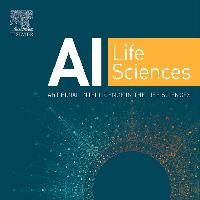Abstracto
- Deep Learning techniques have significant advantages for mass spectral classification, such as parallelized signal correction and feature extraction. Deep Metric Learning models combine Metric Learning to determine the degree of similarity or difference between a set of mass spectra with the generalization power of Deep Learning to improve feature extraction even further. The two most popular of these models combine multiple neural networks with identical architectures and are commonly called Siamese (SNN) and Triplet Neural Networks (TNN). Herein, using both SNNs and TNNs, we intended to taxonomically categorize two sets of previously-validated mass spectra that corresponded to 30 species of Neotropical arthropods in the Culicidae and Ixodidae families, some of which are disease vectors. The effectiveness of SNNs and TNNs to correctly classify 826 spectra from 12 mosquito species and 310 spectra from 18 species of hard ticks was highly effective, with both algorithms performing with minimal average loss during cross-validation. SNNs produced accuracy rates for ticks and mosquitoes of 91.22% and 94.46%, respectively, while accuracy rates of 93% and 99% were obtained with TNNs. Our results indicate that Deep Metric Learning is a practical machine learning tool for quickly and precisely classifying MALDI-TOF-generated mass spectra of Neotropical and public-health-relevant arthropod species.
